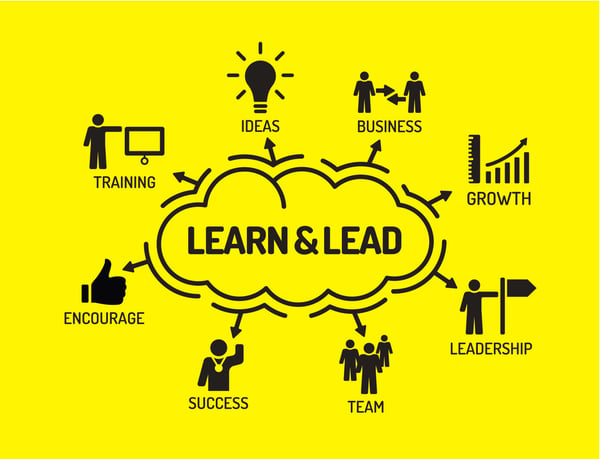State of the Art in leadership development
How to make your programs effective and overcome hurdles successfully
In an increasingly complex world, companies need real leaders at all management levels. Decisive for successful development programs are above all the agreement with the strategic orientation and the goals of the organization.
From a study by the Harvard Business School we have worked out the most important points from the current research status of management development and provided you with practical tips. Find out which features distinguish successful programs and how you can overcome hurdles and problems.
State of leadership development" - facts and figures
Today, leadership development programs are almost ubiquitous. According to Harvard Business School, only 7% of respondents characterize their programs as best-in-class, with a sustainable effect.
Such first-class programs are distinguished above all by the fact that they are in line with the corporate strategy, are supported by the management, the own talents are promoted from within and show a measurable influence on the overall success of the company. However, the majority of programmes are described as capable of improvement in many respects.
In order to achieve a comprehensive improvement of the programmes, a number of problems and hurdles have to be overcome:
On the one hand, time constraints on the part of organisations are one of the main problems. Sustainable programs take a lot of time that is not available in many companies.
Another point is the lack of measurable results. The reason for this is often the lack of development of suitable measurement methods or the failure to evaluate the programs. In addition to the lack of sufficient financial resources, the lack of support from management represents the biggest barrier at 45%.
The gap between management and human resources development
The survey reveals a surprising gap between the views of HR developers and management on the relevance and effectiveness of leadership development programs.
In many cases, the management doubts the purpose, quality and results of their development programs, not least due to the lack of clear metrics. As a result, many organizations do not assign the necessary strategic role to leadership development.
Accordingly, it can be assumed that there is little willingness to invest in extensive programs and one's own talents. In the perception of the management the direct connection between the measures and the daily work requirements in the enterprise is often missing.
Properly implemented, however, the programs generate long-term added value for economic success. The consequences of inadequate development, on the other hand, are devastating and can cost millions.
The key challenge is to convince management to make leadership development a strategic priority and to provide solid proof of the link between programs and a company's performance.

The cornerstones of successful leadership development
So far, there is no ideal way to design first-class development programs. Which measures should be applied in detail is always linked to the individual characteristics and goals of an organisation. However, certain basic modules can be described, which guarantee the structure of an effective program:
- Align your programs individually with the characteristics and goals of your organization
- Convince the management of the necessity and effectiveness and secure their support
- Extend the programs to all management levels and include all employees
- Promote your own talents and maintain an internal talent pool
- Make sure your programs address the issues your business faces
- Develop effective methods for measuring effects
- Evaluate your measures step by step
- Create an innovative program from the mix of traditional and digital methods
In the digitized world, the way of learning has changed over the years. The "millennials" in particular, which make up an increasing proportion of junior staff, show a high affinity for the use of e-learning offers. A mix of face-to-face methods and technology-based learning offers an innovative program design that appeals to all generations. A clear advantage of technology-based learning is the lower financial outlay.
Conclusion
The gap between management and HR developers is the biggest obstacle to improving management development programs. This requires communicative skills and new persuasion strategies.
An essential starting point is the thorough revision of the program design to meet the needs of today's learners. Above all, however, organizations need new ways to measure program effects, not least to motivate employees and convince management. 
(editorial realisation: Corinna Brucker)
Do you have questions about leadership development or do you need professional support in the development of an individual, sustainable program? Then please inform yourself further about our services in this area or simply contact us.
The following blog posts on this topic may also be of interest to you:
Four success factors for effective and sustainable management development
Leadership development: Interview with Ingo Kallenbach

